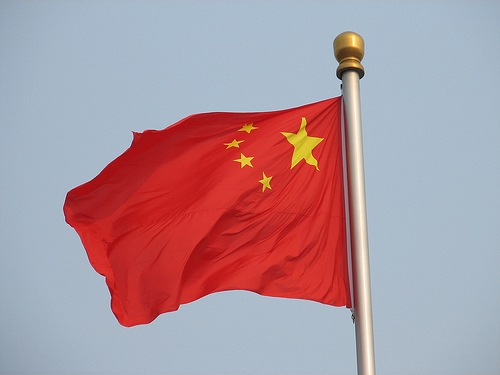
Here's how bad China's debt problem is
Non-financial sector debt was a little over 210% of GDP.
According to UBS Economics, the recent rapid credit growth in general and explosion in shadow banking credit to local government entities in particular have brought renewed worries about China’s debt problem.
Here's more from UBS Economics:
More worrying still for the market is that the rapid credit expansion has not resulted in a strong economic recovery, leading many to believe that China’s credit-fuelled growth model has reached its end. The Chinese government has also emphasized “preventing local government debt risk” as a key area of focus in 2013. How serious is China’s debt problem? Below we list a few of the most asked questions and our answers on the subject.
We estimate that China’s non-financial sector debt at end 2012 was slightly above 210 percent of GDP. Estimates on China’s overall debt vary a great deal, with the difference mainly arising from treatment of financial sector debt and future pension liabilities, and estimates of legacy non-performing loans and informal lending. Here we focus on non-financial sector debt, to make it easier to compare across countries, and assuming that debt incurred by banks and other financial institutions are used to extend credit to the economy, which are already included in non-financial sector debt.
In China, banks still dominate the financial system and are the main providers of credit to the economy, through normal bank lending, purchase of government and corporate bonds, and off-balance sheet credit activities. Government and corporate bonds are also held by other financial institutions such as pension funds and insurance companies. Informal lending between private individuals and corporate and external debt, including trade credit, are two other sources of credit.
























 Advertise
Advertise






